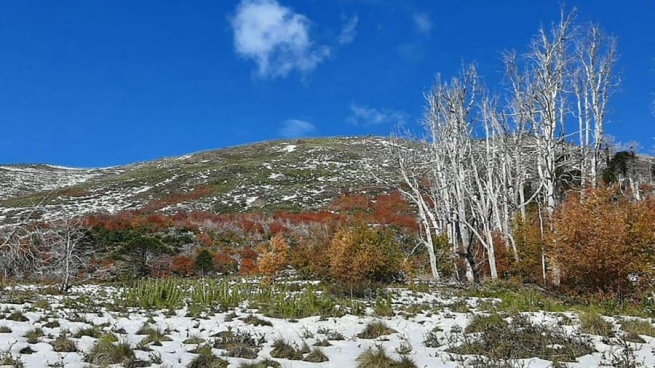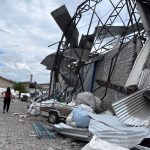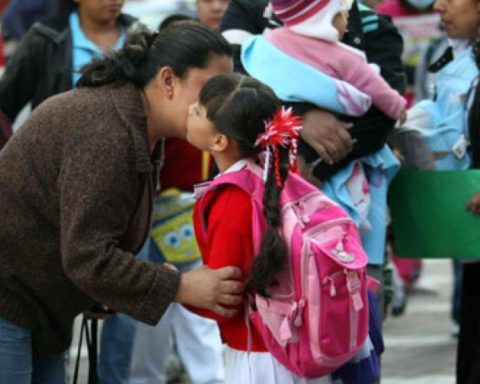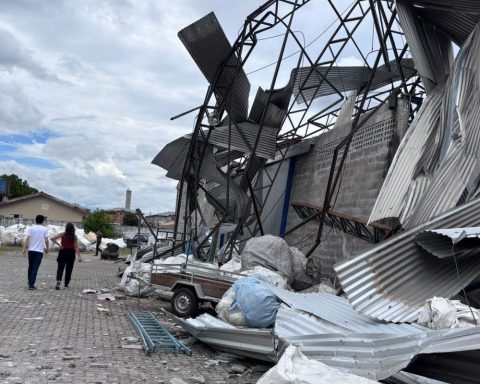The Lanín National Park (PNL), together with Mapuche communities, is carrying out a araucaria araucana restoration and conservation programa unique species that grows in the province of Neuquén and in the region of Araucanía, in Chile, which was affected by forest fires and degradation caused by climate change.
The Pehuén project, such as the name given to this tree species in the native language, will allow the 2021-2022 stage to be completed next spring. It will be with the planting of 9,000 araucarias from PNL nurseries and from the Puel and Aigo Mapuche communities.
Liliana Lozano, a forest technician from the Department of Conservation and Management of the Lanín National Park, told Télam that “the araucaria or pehuén It is a native species of Neuquén. It is under protection status in the PNL, which conserves a good area of these natural forests in the province.”

“On that araucaria environment, we developed a project called Pehuén, which has been carried out for many years. But now we are carrying out restoration actions in forest areas that are degraded and in this case it is an area that caught fire a few years ago,” said
Lozano made reference to a fire that occurred in 2013 in the Ñorquinco area, which “severely affected 1,500 hectares of natural forest,” he explained. “A surface of pure forest was burned almost entirely because there were no green plants or plants with the potential to produce seeds for the forest to regenerate by its own means”.
The Lanín National Park specialist stressed that “this year the project obtained financing and was able to start up on a larger scale that allows the actions that were being developed to work in a different way.”
So far they have managed to plant 6,000 small araucarias in the affected areas and for next spring they intend to plant another 3,000, which will only reach maturity in 80 years.
Last year, 40 kilos of pine nuts were planted. “Already in spring we made a first planting of 3,000 araucaria specimens and in the fall of this year we have developed another stage, also with 3,000 plants, which will continue with a third instance in the spring with the same number,” said the forestry specialist.

Lozano explained that “the araucaria seedling is obtained from the seed of the tree and we obtain them from the Mapuche Aigo community, in the jurisdiction of the PNL, in the Ruca Choroy basin, and from the Puel community that manages a provincial nursery.”
“The Pehuén project is carried out jointly with the Mapuche Confederation of Neuquén (CMN) in a management of co-management of the communities with the administration of the Lanín National Park,” he said.
There are also other institutions that participate, such as the Asociación Civil Propatagonia, based in San Martín de los Andes, and the Asociación Civil Amigos de la Patagonia, which works in the Andean area with conservation and plantation projects, the Pulmarí Interstate Corporation, and the government from Neuquen.
Isabel Ñanco, from the Aigo Community, located in the Ruca Choroy basin, works in the nursery in the province, which is managed by the community and is the one with the highest production of araucaria seedlings for the “Pehuén” project.

“We harvest seeds of pine nuts and then we make seedlings and then we put them in pots. We collect the seeds in February, March when they fall, we leave them to soak in the ground for a month and then we put them in a pot where they can be a year to just plant them. on earth,” he explained.
“We have a variety of native plants but the araucaria is fundamental for the community because it allows people to live with the harvest of the piñones to make flour, it bears a lot of fruit and is very important for the community,” he said.
He recalled that “the araucaria is an ancient tree and with the fire in 2013 many were lost, as well as other native plants such as ñires, lengas and colihue canes.”
Another concern in the rural areas of Neuquén is the drought which has been recorded in recent years because the rains have been scarce and the winter snow does not manage to compensate for the flow of the Andean rivers during the thaw season.
“The problem we have now is that it is very dry, there is no water and that is why if the forest catches fire it can get out of control and that is why a lot of caution is asked of tourism as well as people here,” he concluded.


















